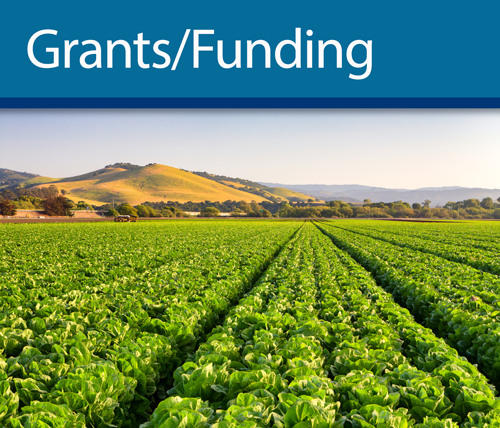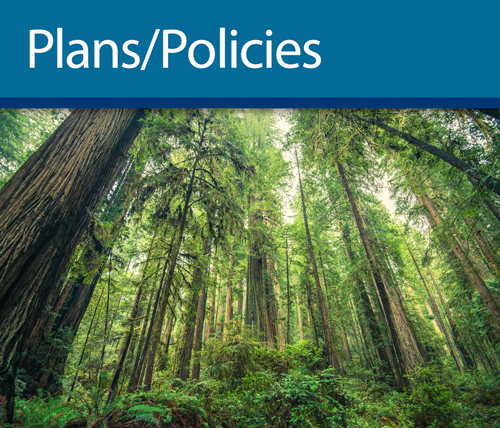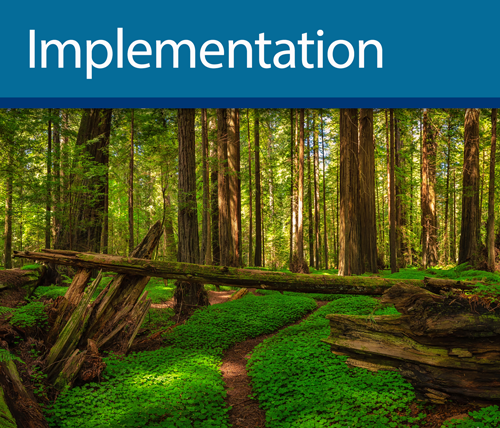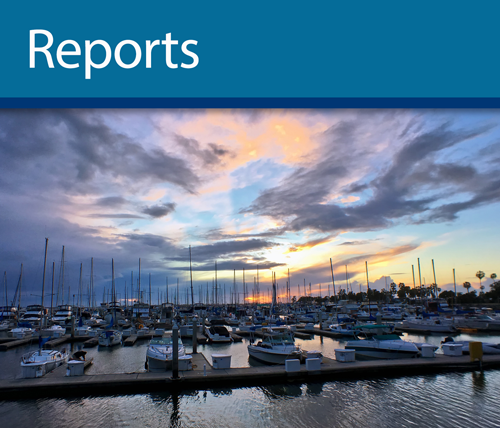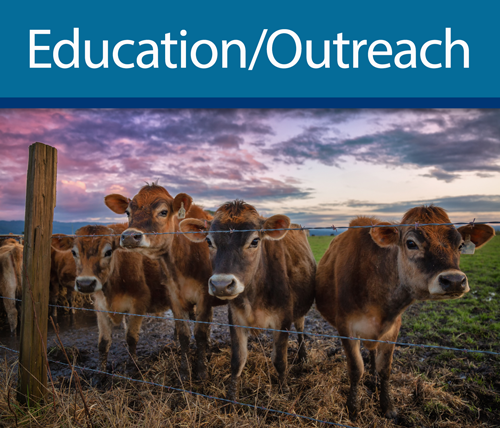
Nonpoint Source Management Program
Nonpoint source pollution is one of the most significant sources of pollution in the country. Many miles of rivers and acres of lakes are impaired by overland runoff from row crop farming, livestock pasturing, and other types of nonpoint sources.
Nonpoint source pollution occurs when rainfall flows off land, roads, buildings, and other features of the landscape. The runoff carries pollutants into streams, rivers, lakes, wetlands, and bays . Nonpoint source pollution can also infiltrate into groundwater basins. Atmospheric deposition is also a nonpoint source of pollution when pollutants are discharged into the air and return to surface waters in rainfall and snow, or through dry deposition.
The State Water Resource Control Board and the Regional Water Quality Control Boards are committed to reducing nonpoint source pollution in waters of the state and distributes grant funding every year to achieve this goal.
Read more about grant opportunities to address this important issue for the state.
Announcements
- Grant Opportunity! The SWRCB is accepting proposals for projects that address nonpoint source pollution.
- ¡OPORTUNIDAD DE SUBVENCIONES! La Junta Estatal del Agua (SWRCB) está aceptando propuestas para proyectos que mejoran la calidad del agua reduciendo.

